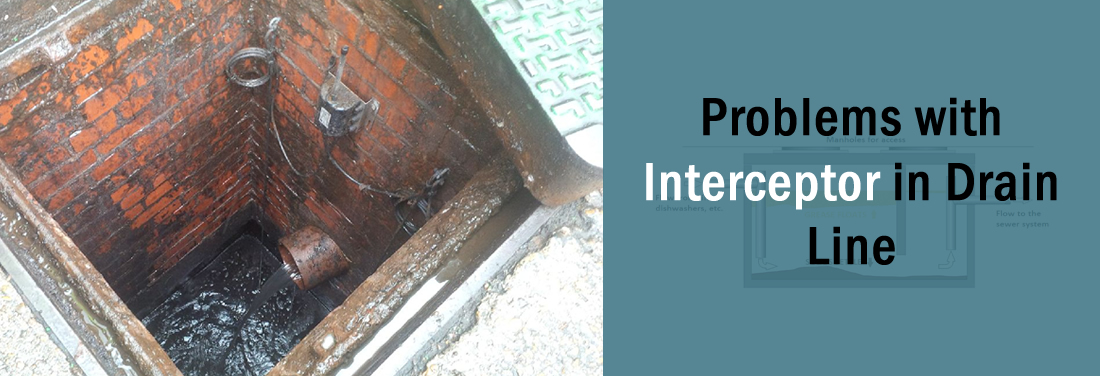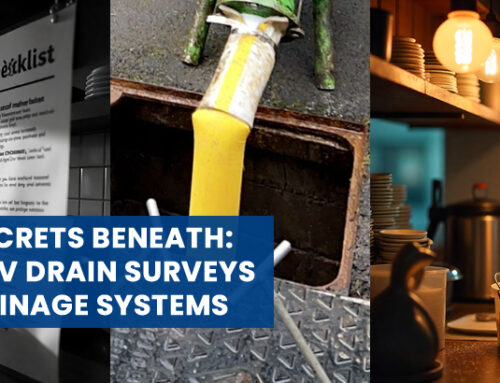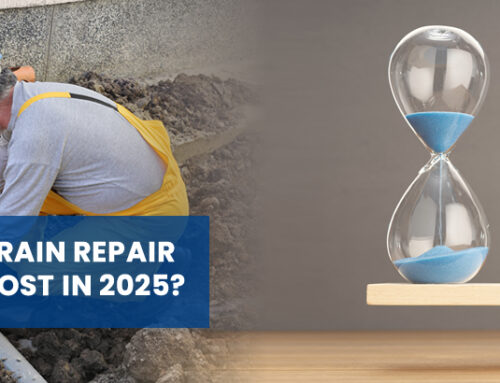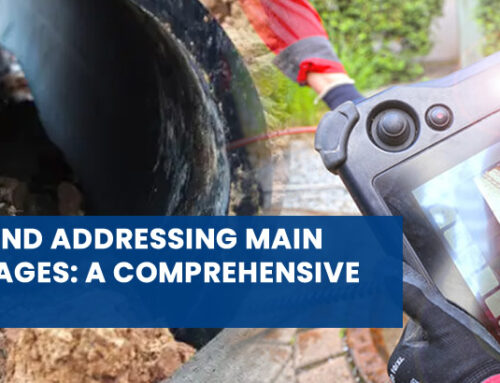Interceptors, or most commonly known as Drain Interceptors, are used in many businesses. They are also known as interceptor traps or a separator. The function of a drain interceptor is to separate fats, oils, grease, and other contaminants from liquid wastewater. The drain interceptors have to be regularly maintained and cleaned, and the contaminants should be disposed of properly.
Drain interceptors are commonly found underground of the following locations:
- Industrial places
- Pubs
- Schools
- Hospitals
- Car parks
Problems that you can experience with Interceptor Drain Line
There are several problems that can prevent your interceptor drain line from operating effectively.
Clog in Crossover
This can happen when fats, oils, grease, and debris build up in the crossover line between the two compartments. Whenever the crossover pipe is clogged, the water level in the first compartment will be high, while the second compartment’s water level will stay normal. This can lead to water overflowing in the first compartment.
Clog in Incoming Line
A clog in the incoming line can quickly cause the lowest plumbing unit in the structure to back up. Identify the backed-up plumbing units. A backed-up unit suggests that the line incoming to that plumbing unit is clogged instead of the interceptor drain incoming line.
Clog in Outgoing Line
Clogs in the outgoing line are relatively easy to identify as it leads in both of the compartments. The clog may be happening in the outgoing line itself or the city’s main drain line. This kind of problem can be prevented by cleaning your interceptor drain and pumped regularly by a drain professional.
Full Interceptor Drain
A full interceptor drain only occurs when fats, oils, grease, and debris have not been removed from the primary compartment on time. This can cause it to spill over into the secondary compartment and potentially clog the crossover, incoming line, and outgoing line.
You can check if the interceptor drain is full by opening its lid and using a pole to gauge the debris’s depth. If the gauge reaches the bottom, then the interceptor drain is full.
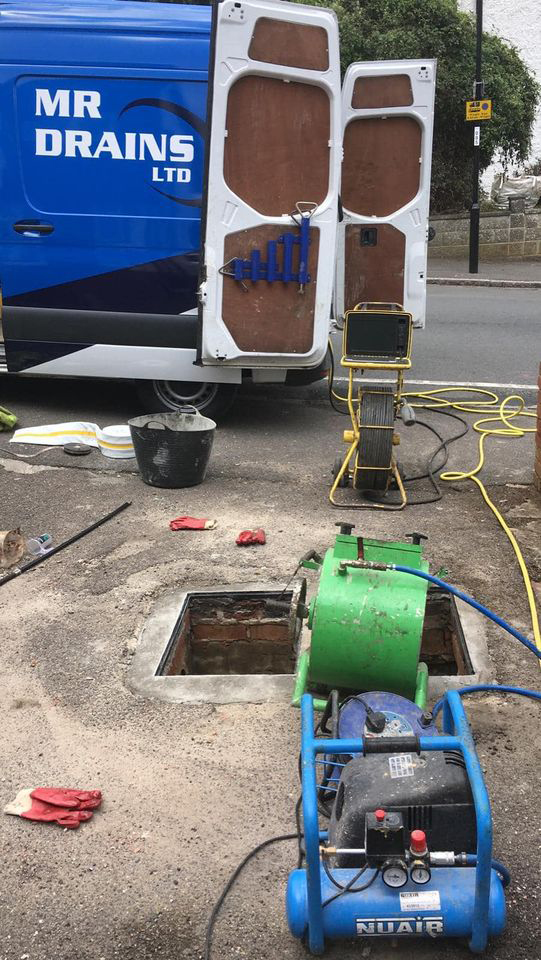
Rotting Smell
A rotten smell is another common interceptor drain problem. There can be a number of issues that can lead to a reeking interceptor drain, but the common ones are the following:
- If the interceptor drain’s opening gets damaged over time, it will allow gases from the interceptor drain to diffuse into your structure from outdoors. A simple gasket replacement can solve this problem.
- Over time, the plumbing in your structure can get inhabited by heavy debris, which has to be removed by using high-pressure cleaning machines.
- If you don’t clean and pump out the fats, oils, grease, and debris from your interceptor drain regularly, it may lead to the diffusion of rotten smell in the structure.
As the saying goes, “prevention is better than the cure”. These problems that can happen in your interceptor drain are unpleasant not only for your structure but also for your wallet.
To prevent all of these problems, it is best to consider your interceptor drains’ regular service from your drain professionals.

